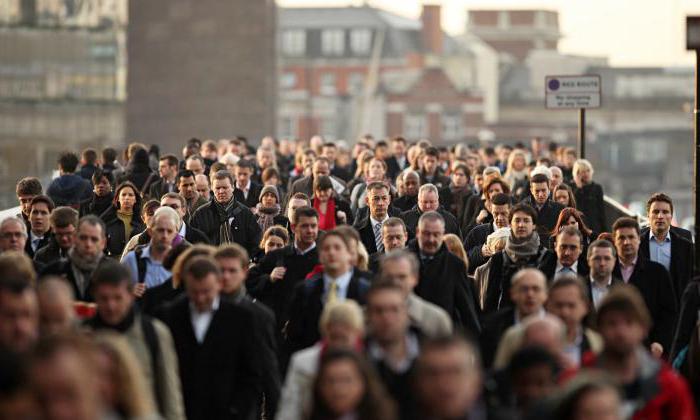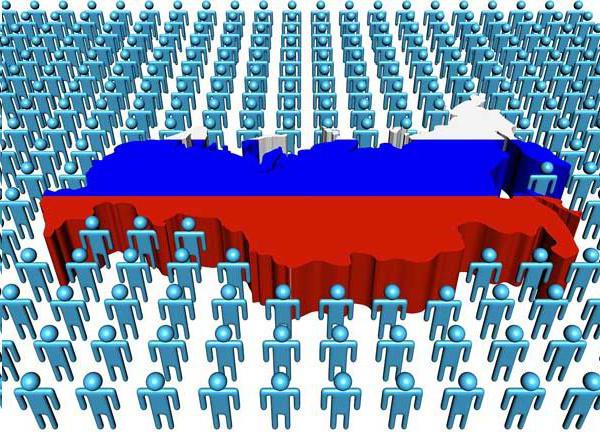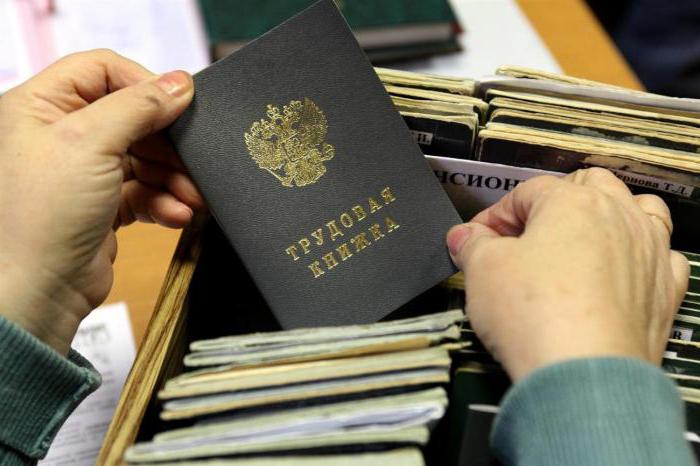In connection with recent events, the number of economically active population in Russia has increased. This is due to the reforms introduced, which were introduced according to the requirements of the International Labor Organization. The state joined the new standards this year, and, according to them, the economically active population now has no age limit.

To be more precise, the upper bar was removed. According to old requirements, the range ranged from fifteen to seventy-two years. But from now on, all old people will be reckoned among the labor resources. The government attributes this to the fact that many people continue to work even after retirement. But, most likely, such reforms are explained by the planned increase in the retirement age. This article will talk about the economically active population of Russia.
What is included in this concept?
All residents of the country are divided into two huge categories. These are unemployed and labor resources. The economically active population can be determined by subtracting the second category from the total population. Manpower means that category of people that puts their ability to produce goods and provide services to the relevant market. But since Russia now adheres to international standards, according to them, this definition has two semantic meanings. The classification feature of its separation is only the time that is characterized. That is, the following types of this concept can be distinguished:
- Labor resources that are engaged in any type of activity in a specified period. This indicator is determined by day, month, week, and so on. That is, we can say that this is an active workforce.
- If an economically active population is determined for a period lasting more than seven days, then it is characterized by the concept of an ordinary active.

What are the criteria for establishing this category?
The share of economically active population is determined by a large number of various factors. For each country, they are individual and are set at the discretion of the government. But if a country adheres to global standards, for example, the International Labor Organization, then its legislation should not contradict the requirements adopted among other countries. The framework according to which the economically active population is determined includes the criteria of legal capacity, the level of professional training, the age limit and the legal framework.

How is the age limit set?
Regarding a factor such as the age limit, certain criteria exist. They are due mainly to international requirements. Firstly, according to the standards of various world organizations, the range within which the state’s labor resources are determined is delineated from all sides by the limits. That is, there is a minimum threshold and a maximum. But even these indicators do not have a clear numerical expression. There are two categories:
- Indicators applicable to the collection and analysis of economic activity data. This range is slightly narrowed. In Russia, its lower border is sixteen years. The upper limit is determined by gender. For women, it is fifty-five years, and for men - sixty.
- Indicators applicable to the distribution and grouping of labor resources.This range ranges from fifteen to seventy-two years (but from the current year the upper limit has been removed for the Russian Federation). This number is necessary for specialized research, analysis of statistical data.
The difference in these categories of indicators is due to the fact that there are active pensioners in the Russian Federation. In the country, the majority of people of a respectable elderly age are forced or want to continue working. The same applies to young people, adolescents who work for the same reasons.

That is, speaking generally, the economically active population of the country is those residents who are engaged in the provision of services and the production of goods and are in a certain established range. He starts at the threshold of fifteen years.
Which persons fall under the category of “labor resources”?
The economically active population is divided into two large species. These are people who are directly engaged in any kind of labor activity or who are unemployed. The first category includes the following types of human resources:
- Persons carrying out activities in accordance with a labor contract.
- Persons with the status of private entrepreneurs.
- Ancillary workers.
- Persons engaged in the sale of goods or the provision of services in accordance with concluded one-time contracts.
- Persons engaged in similar activities, as in the previous paragraph. The difference is only in the regulatory document. Here it is a civil contract.
- Persons holding an appointed position or a certain post for which material compensation is required.
- Persons in military service in the armed forces of the Russian Federation or in alternative civilian service.
- Persons who are students of vocational educational institutions of the middle or highest category.
- Persons who, due to circumstances stipulated by law, are temporarily absent from the workplace.
- Members of business associations and partnerships.
Who are the "unemployed"?
The second category of the working-age population includes unemployed people. According to the definition of the International Labor Organization, these are those citizens who are not employed in any field of activity, who do not receive material compensation. But at the same time, it is believed that they are in search of a vacancy and at the right time are ready to get it. It also provides such an option that this person makes an attempt to start his own business.

The number of unemployed is officially registered by special state bodies. Within the regions, employment services do this. But this is only in the theory, which is compiled according to the analysis of data obtained from sample studies. In fact, the number of unemployed in Russia is much larger.
How are labor resources classified?
This category of citizens has its own structure, which is determined by various classification features. The main one is employment status. Relative to him, the role of the subject and his position in society are established. The separation according to this criterion is due to the relationship of the individual with the people around him. The second factor of separation is the list of powers and obligations assigned to the worker. According to such a criterion as employment status, three categories are distinguished. These are hired workers who do not work under a contract of employment, and others.
Who are the employees?
This category of economically active population includes those people whose labor activity is carried out according to the employment contract. It is an agreement that can be fixed orally, in writing or in the form of a contract. It secures the obligations and rights of two parties - the employer, that is, the head of the enterprise and the employee.The contract also prescribes material compensation, which a person will receive for the work done. The form of wages is also fixed, because it can be both in kind and in money terms.

Regarding the period for which the contract is concluded, wage workers are divided into several types. These are permanent, temporary, seasonal or casual employees.
Which persons do not belong to wage workers?
This includes persons in the second and third categories. Firstly, these are people who are directly engaged in hiring themselves. That is, this subspecies includes employers. These are people who carry out their labor activities in an enterprise subordinate to them.
Secondly, the constituent of this category of economically active population are persons whose sphere is outlined by trade union activity. It can also be people whose work is associated with craftsmanship. But they still have to work only for themselves.
Thirdly, without a contract of employment, entities that work independently or collaborate with others carry out labor activities. Their work brings them profit. The peculiarity of this category is that they do not use hired workers for personal purposes who are employed on an ongoing basis.
This can also include members of collective partnerships and family businesses. In the latter case, it is not necessary to receive material compensation.

Also, people who for one reason or another do not offer their services in the labor market do not belong to employees. They belong to the third category, that is, they are not classified in any way.
Who is inactive?
The economically active population is almost ninety percent of the population of the Russian Federation. About six percent of Russian citizens are inactive. Mostly these are people who, due to certain circumstances, are not able to work. This may include full-time students, the elderly, the disabled. This category includes the unemployed, as well as those who, in principle, do not need to receive material compensation. Part of the inactive population are also people who are forced to care for non-self-dependent or weak relatives.
What are the statistics of work resources in Russia?
The economically active population is over seventy-two million Russian citizens. Most of the labor resources are concentrated in the metropolitan region, and the highest unemployment rate is registered in Ingushetia. This perfectly demonstrates the picture that has developed regarding the employment rate in Russia.